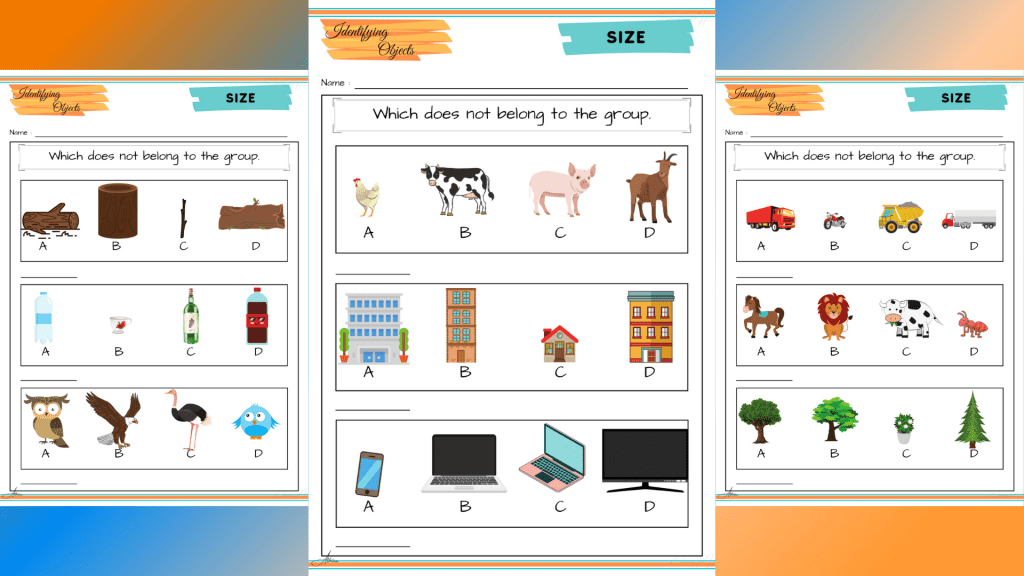Size in general is the magnitude or dimensions of a thing. More specifically, geometrical size (or spatial size) can refer to linear dimensions (length, width, height, diameter, perimeter), area, or volume. Size can also be measured in terms of mass, especially when assuming a density range.
This animation gives a sense of the scale of some of the known objects in our universe.
In mathematical terms, “size is a concept abstracted from the process of measuring by comparing a longer to a shorter”. Size is determined by the process of comparing or measuring objects, which results in the determination of the magnitude of a quantity, such as length or mass, relative to a unit of measurement. Such a magnitude is usually expressed as a numerical value of units on a previously established spatial scale, such as meters or inches.
The sizes with which humans tend to be most familiar are body dimensions (measures of anthropometry), which include measures such as human height and human body weight. These measures can, in the aggregate, allow the generation of commercially useful distributions of products that accommodate expected body sizes, as with the creation of clothing sizes and shoe sizes, and with the standardization of door frame dimensions, ceiling heights, and bed sizes. The human experience of size can lead to a psychological tendency towards size bias, wherein the relative importance or perceived complexity of organisms and other objects is judged based on their size relative to humans, and particularly whether this size makes them easy to observe without aid. wikipedia.org

More premium learning materials at Education PH, your reliable partner for learning and success. Sa halagang P499/year, makakadownload ka na ng mga premium learning materials para sa iyong anak o estudyante.

